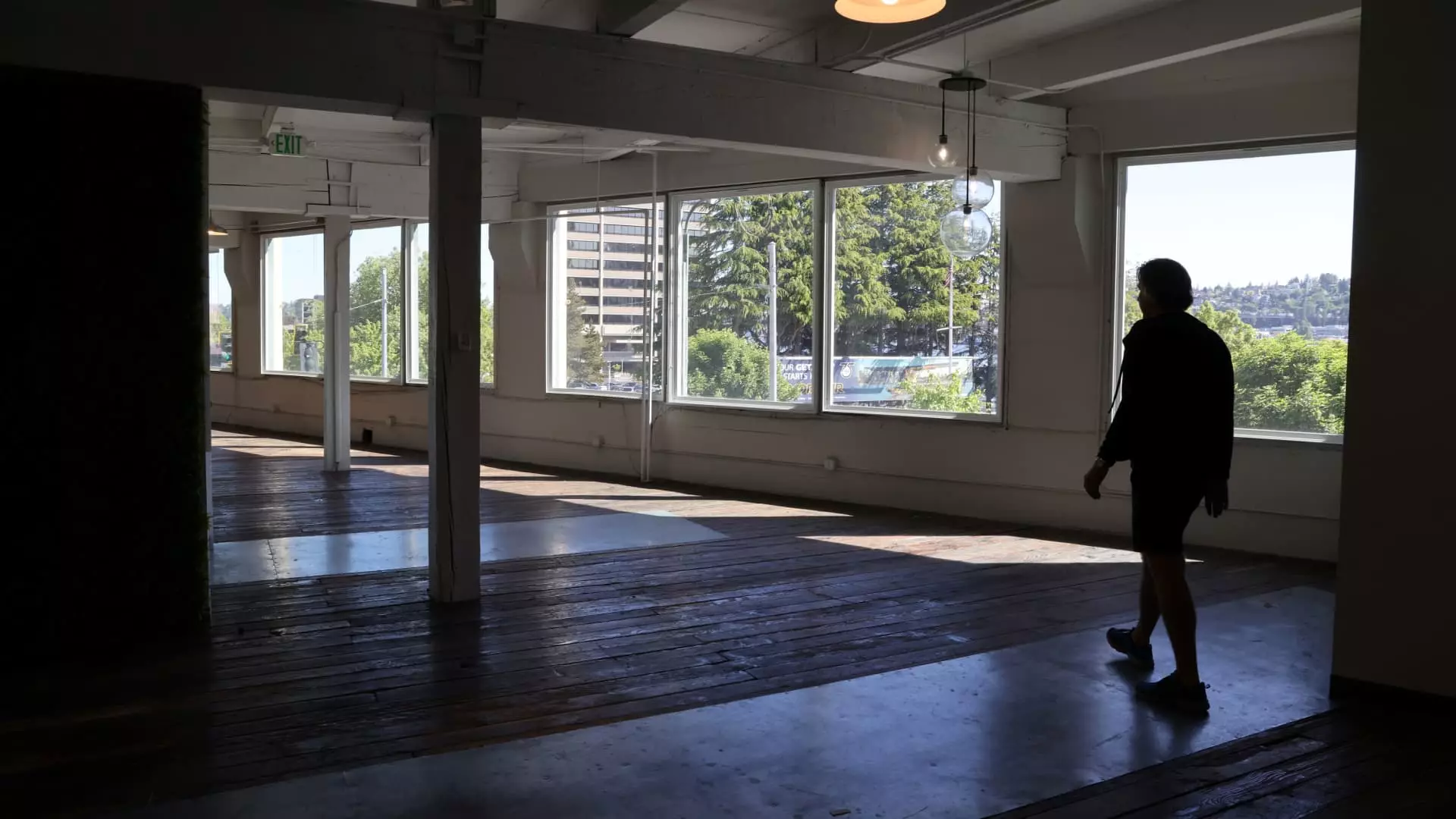It is hard to ignore the seismic changes taking place in the U.S. office market—a sector once viewed as a golden investment but now marred by uncertainty and transformation. This year marks a critical inflection point in this landscape, with office conversions and demolitions surpassing new construction for the first time in over two decades. A recent report from CBRE Group reveals that, across 58 of the largest metropolitan markets, a staggering 23.3 million square feet of office space is earmarked for demolition or transformation by year-end. In stark contrast, only 12.7 million square feet of new office space is anticipated to be completed. This stark imbalance not only highlights a significant trend in decreasing office supply but signals a worrying normalization of a reality where traditional work environments are increasingly deemed irrelevant.
The Pandemic’s Lasting Imprint
The ongoing fallout from the pandemic plays a crucial role in this narrative. With remote work becoming the norm rather than the exception, office vacancies have soared to unprecedented levels, hovering around 19%. Such figures reflect not merely a temporary hiccup in the market but a fundamental rethinking of what work looks like. Employers are attempting to coax employees back into traditional workplaces at a time when many have tasted the freedom and flexibility remote work offers. This tug-of-war forces employees into precarious positions, often compelled to accept more in-person requirements, which they view as burdensome.
This context deepens the conversation about the future of the office market. Are we witnessing merely a phase, or is there a more profound shift underway? While there are signs of a slow recovery, including increasing office-leasing activity by 18% in early 2023 compared to the same period last year, the long-term implications remain unclear. An increase in net absorption over the last four quarters offers a glimmer of hope, but it begs the question: can we really rely on these trends to stabilize the market?
The Complications of Space Utilization
Interestingly, this dynamic offers a glimmer of accountability among commercial landlords. As obsolete office space gets removed, neighborhood vibrancy potentially flourishes in tandem with residential conversions. The shift towards mixed-use environments presents an innovative avenue for sustainable urban development if done correctly. However, one must remain circumspect about the hurdles ahead. The pool of office buildings ripe for conversion is dwindling. Given the high costs associated with construction labor and materials, along with rising financing challenges, developers face significant barriers.
This brings to the fore the larger issue of what workplaces should even look like in this new era. Are we ready to leave behind the notion that more square footage equates to better productivity? As companies contemplate downsizing and adapting to the needs of a younger workforce that values flexibility over outdated corporate norms, we could see a trend toward smaller, more agile office formats.
Long-term Winners and Losers in the Market
It’s essential to acknowledge the economic players at stake. Offsetting the decline in traditional office space are real estate investment trusts (REITs) focused on modern, high-demand locations. Firms like Vornado and SL Green stand to benefit greatly from this evolving landscape, their portfolios increasingly weighted toward Class A spaces. These landlords have reshaped themselves to meet new demands, further complicating the narrative surrounding office space. One must wonder, however, if this adaptation is an effective piecemeal solution for a systemic problem.
Furthermore, how do the implications of these shifts affect the workforce? The arrival of more residential units from office conversions may relieve some housing pressures in cities where the need for affordable spaces is at a fever pitch. Yet, one cannot ignore the potential erosion of community and neighborhood identity as corporate landscapes morph into something nearly unrecognizable.
As we scrutinize the office market’s ongoing disruption, one thing becomes abundantly clear: the traditional models we took for granted have been cast into doubt. Whether we ultimately emerge from this upheaval with a stronger, cleaner, and more vibrant market remains not just a matter of economic statistics but of social will and adaptability.

